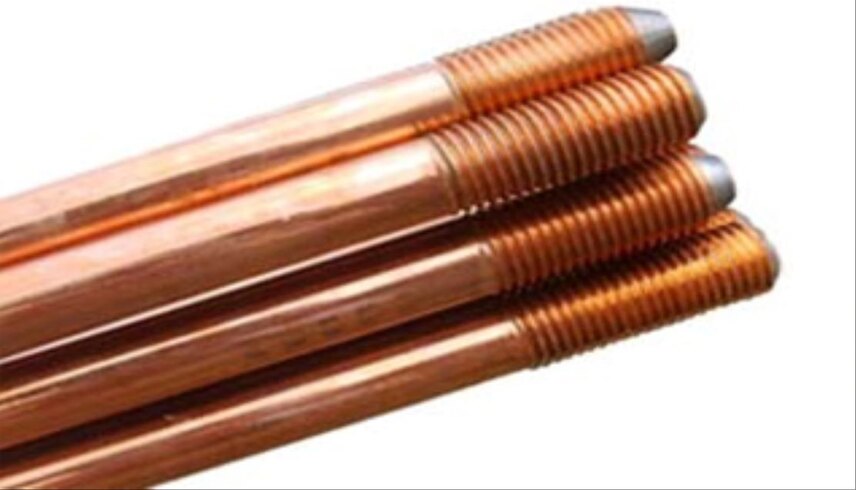Solid Rod Earthing
Solid rod earthing is a widely used method for grounding electrical systems, ensuring safety by providing a direct path for fault currents to flow into the earth. This system involves installing a metal rod, typically made of copper or galvanized steel, into the ground. The rod, acting as a grounding electrode, is connected to the electrical system’s grounding conductor, facilitating the dissipation of electrical charges. During installation, the rod is driven into the ground to a depth where it reaches soil with good conductivity. The connection to the electrical system is then secured, and the system is tested for effective grounding.
While solid rod earthing is relatively simple and durable, its effectiveness can be influenced by soil resistivity, potentially requiring additional measures in areas with poor soil conditions. Regular maintenance and inspection are necessary to ensure the system remains in good working condition, preventing potential safety hazards.








